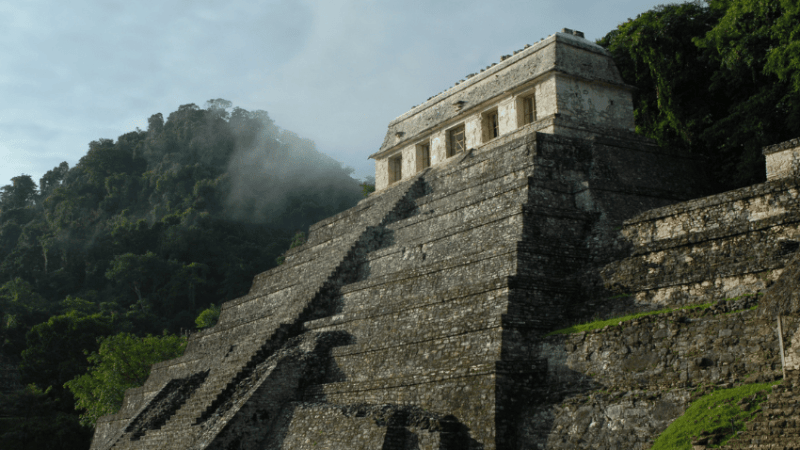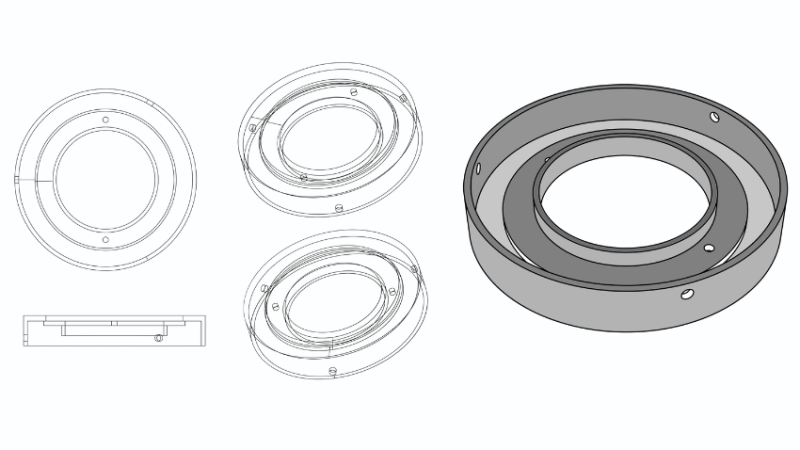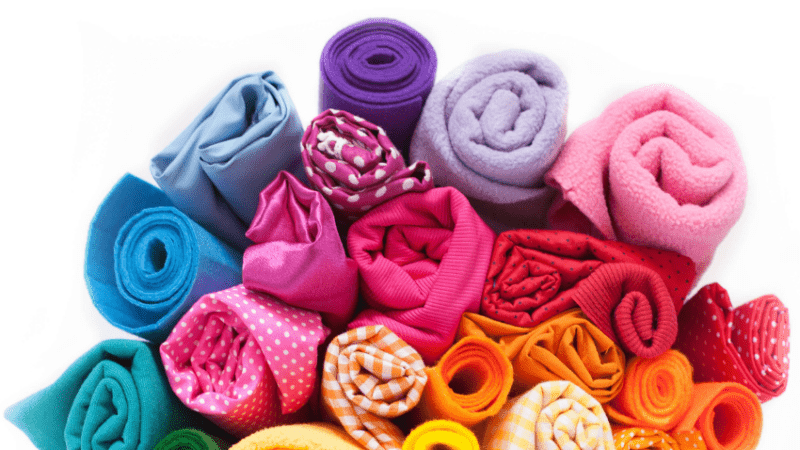LEGO Challenge – ‘Build a Stadium’ Lesson Plan
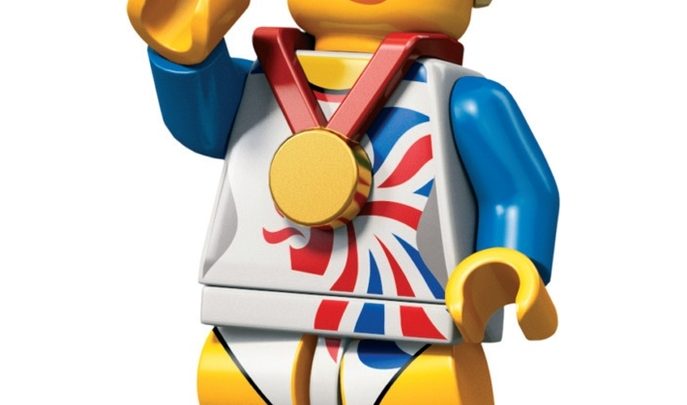
Can your pupils build a stadium to order and find the cheapest possible design? Find out with this lesson plan by LEGO Education Master Trainer Rob Widger…
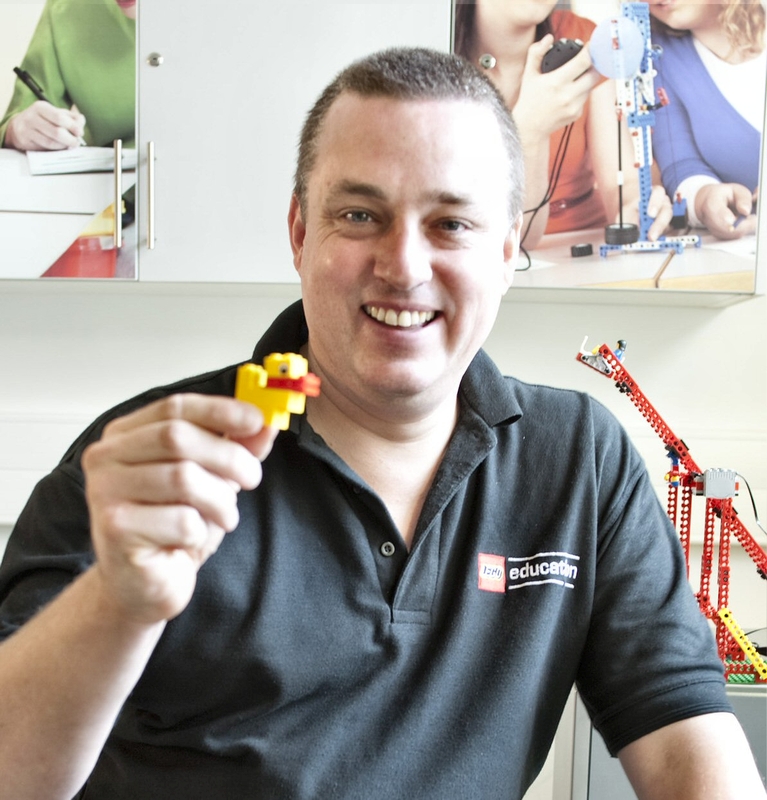
- by Rob Widger
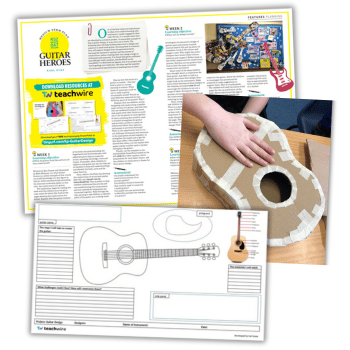
A well-constructed arena is at the heart of any sporting spectacle.
Tasking pupils with building their own stadium from LEGO will present quite a challenge, requiring maths, D&T and problem solving skills to be put to good use. It is, however, an accessible activity and one in which children will quickly become absorbed.
The challenge is simple. Children have to:
• Build a stadium seating area that adheres to specific criteria • Work out the price of one block in the stadium (while seeing who can build the cheapest structure) • Decide how to replicate this across a whole stadium
1. Connect
Start a discussion on events children may have attended at a stadium, and ask them what considerations need to be made when designing such a structure. Points you might want to raise include:
• Every stadium needs somewhere for fans to sit – due to UK health and safety laws, stadiums must be all-seater, so there cannot be any standing areas. • Show images of different stadiums and ask pupils what considerations designers should be aware of • Draw out the need for adequate exits and entrances and space between seats – spectators do not want to be squashed!
Now set the challenge – can pupils build the cheapest possible stadium whilst keeping within the design parameters?
2. Construct
It helps to prepare a small section of a stadium block as an example for the children to follow. Discuss the need to keep pricing as low as possible – fewer bricks means a cheaper stadium. This will bring in a strong maths focus, as well as ensuring that pupils are thinking through the process and looking at the challenges faced by any construction project.
Point out the design criteria. You can set your own, but the following provides a good foundation:
• Each stand must be built on a 16×16 base plate • Each stadium block must be four rows high and each row four studs deep • Each stadium block must have a green staircase built into the design. • Each row of the staircase should be four studs deep and four studs wide. • The block, once completed, will seat 12 minifigures (in four rows of three) and incorporate a green staircase.
3. Contemplate
Once their first stadium block is constructed, ask pupils to calculate the costing of their design. Challenge them on how can they reduce costs without compromising safety. This is an excellent way to get them to rethink their design and focus on the different options they have for lowering costs. Prices for specific bricks and components can be found on the LEGO website.
Most pupils will build a stadium that is completely solid. They will use system bricks and build one on top of the other, which is a very expensive way of building. It is a great idea to show students an example of what is behind actual stadium seating and how space can be used.
Discuss with pupils how creating empty spaces saves money but doesn’t have to compromise on quality and design. Now ask the children to modify their stadium block to reduce costs.
This provides extra fun and engagement, as pupils have to really think carefully how to improve their design.
4. Continue
For those pupils who have progressed quickly or as an additional activity, there are a whole host of areas for continued learning.
How can children improve their design by adding entrances behind each block? Talk about why they should do this, covering areas such as seating spectators quickly and safely, and the need to ensure that people can make a swift exit in the event of fire, for example.
Get the whole group to work together and use their seating areas to build an entire stadium.
Depending on your pupils, you will need to decide how strict the design criteria should be. Do you make every stadium block look exactly the same or give children some flexibility? Pupils have often come up with some unique features when I have given them more creative freedom.
One other point – students of all ages love to decorate their seating area with mini-figures, so make sure you have plenty to hand!
RESOURCES
Below are the types and quantities of bricks you will need for this activity, but feel free to explore other options. That is the beauty of LEGO – it always provides many solutions to the same problem.
• LEGO Education Resource Set • 2500 2×4 White System Bricks • 500 2×4 Green System Bricks • LEGO mini-figures





